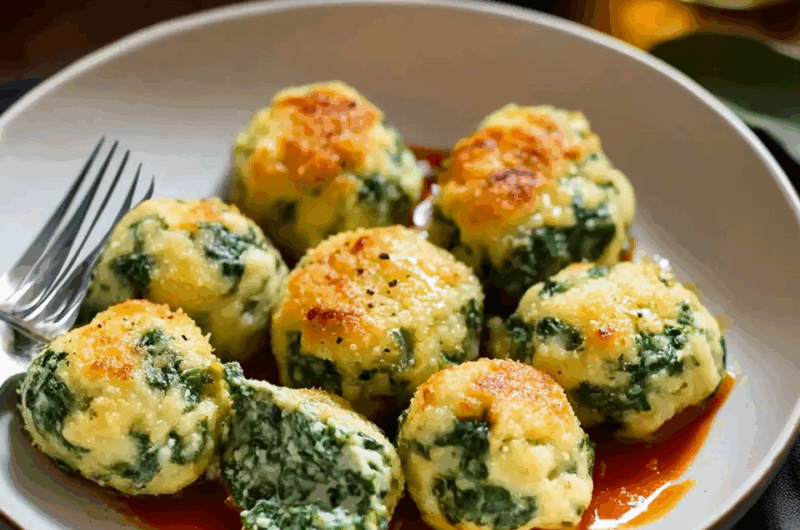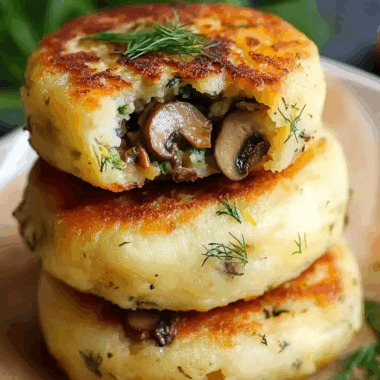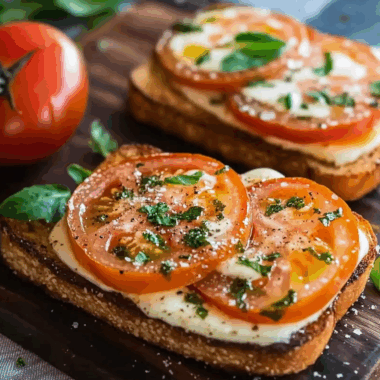The Unique Appeal of Gnudi vs. Gnocchi
Gnudi, which means “naked” in Italian, are essentially the “naked ravioli” filling without the pasta shell. This absence of a heavy dough casing means the focus is on the pure, creamy texture of the cheese mixture itself, which contrasts beautifully with the soft bite of spinach. This difference makes gnudi softer, fluffier, and often more delicate on the palate than gnocchi, which can sometimes be denser or chewier depending on the potato starch content.
This lightness gives the dish a refined elegance, perfect for showcasing fresh herbs and simple sauces. The spinach provides a gentle earthy undertone that complements the mild ricotta, while Parmesan adds a savory, slightly nutty depth. Garlic powder and fresh cracked pepper enhance the flavor without overpowering the gentle richness of the dumplings. The result is a dish that is both humble and luxurious—comfort food elevated to fine dining.
Crafting the Perfect Dough: Technique and Tips
Achieving the perfect gnudi dough requires attention to detail and balance. One of the most critical steps is ensuring that the ricotta is well-drained. Excess moisture in ricotta can lead to a dough that’s too wet and sticky, which causes the gnudi to fall apart during cooking. Using a cheesecloth-lined sieve or pressing the ricotta overnight can help achieve the right consistency.
The cooked spinach must be squeezed dry to remove as much water as possible. Too much moisture here will also weaken the dough. Once combined with the ricotta, Parmesan, egg, and seasoning, the dough is gently mixed with flour. The amount of flour is just enough to bind the mixture without compromising the light texture, resulting in a dough that holds together but remains tender and slightly sticky.
Shaping gnudi requires a delicate hand—flouring your hands and working surface liberally to prevent sticking is essential. Forming small, uniform balls about an inch in diameter ensures even cooking and a pleasing bite size. This step requires patience and care but rewards with perfect, fluffy dumplings.
Cooking Gnudi: The Poaching Process
Cooking gnudi is a simple but precise process. Boiling water is salted generously, and the gnudi are dropped in gently in batches to prevent overcrowding. They are done when they float to the surface, typically in 2 to 3 minutes, which signals that they are tender and cooked through.
Removing them promptly with a slotted spoon and allowing them to drain well prevents sogginess and keeps their delicate texture intact. The quick cooking time preserves their softness while allowing them to absorb the flavors of any accompanying sauce.
Sauce Pairings and Serving Suggestions
Gnudi’s lightness and subtle flavor make them highly versatile for pairing with a variety of sauces. The classic accompaniment is browned butter and sage—where the butter is gently cooked until golden and fragrant, and fresh sage leaves crisp up slightly, creating a rich, aromatic coating that clings beautifully to the gnudi. This simple sauce enhances the dumplings’ creamy texture without overpowering their delicate taste.
For those seeking a lighter option, a drizzle of high-quality extra virgin olive oil with a sprinkle of lemon zest and fresh herbs offers a fresh, vibrant contrast. Alternatively, a delicate tomato sauce or a creamy mushroom sauce can add earthiness and warmth, turning the dish into a hearty meal.
Gnudi can also be garnished with additional grated Parmesan, cracked black pepper, or even toasted pine nuts for added texture and flavor complexity.
Nutritional Benefits and Dietary Considerations
Spinach Ricotta Gnudi provide a balanced mix of macronutrients, making them both comforting and nourishing. Ricotta cheese is a good source of protein and calcium, supporting muscle repair and bone health, while spinach contributes fiber, vitamins A and C, and iron. The dish is moderately low in carbohydrates compared to pasta dishes made with traditional flour, making it a suitable option for those mindful of carb intake.
The fat content derives primarily from cheese and any butter or oil used in the sauce, contributing to satiety and flavor. The protein content, roughly 12 grams per serving, makes gnudi a satisfying dish that can be enjoyed as a complete meal or alongside lighter sides.
Versatility and Adaptations
One of the beauties of gnudi is their adaptability. While this recipe focuses on spinach and ricotta, variations abound—substituting herbs like parsley or basil, incorporating other greens such as kale or chard, or experimenting with different cheeses like goat cheese or mozzarella can personalize the dish.
Gluten-free flours can replace all-purpose flour for those with dietary restrictions. For vegan adaptations, tofu can substitute ricotta, and nutritional yeast can replace Parmesan, creating a plant-based gnudi that still captures the essence of the traditional dish.
Conclusion
Spinach Ricotta Gnudi are a tender, flavorful celebration of Italian culinary artistry. Their pillowy softness, fresh spinach, and creamy ricotta come together in a dish that feels both indulgent and light. Perfect for those who appreciate nuanced textures and subtle flavors, gnudi elevate simple ingredients into an elegant dining experience.
Whether dressed with classic browned butter and sage, fresh olive oil and herbs, or a rich sauce, these dumplings provide a comforting yet sophisticated meal that can easily become a household favorite. Their delicate nature invites savoring every bite, making gnudi a timeless dish that embodies the heart of Italian comfort food—simple, fresh, and utterly satisfying








